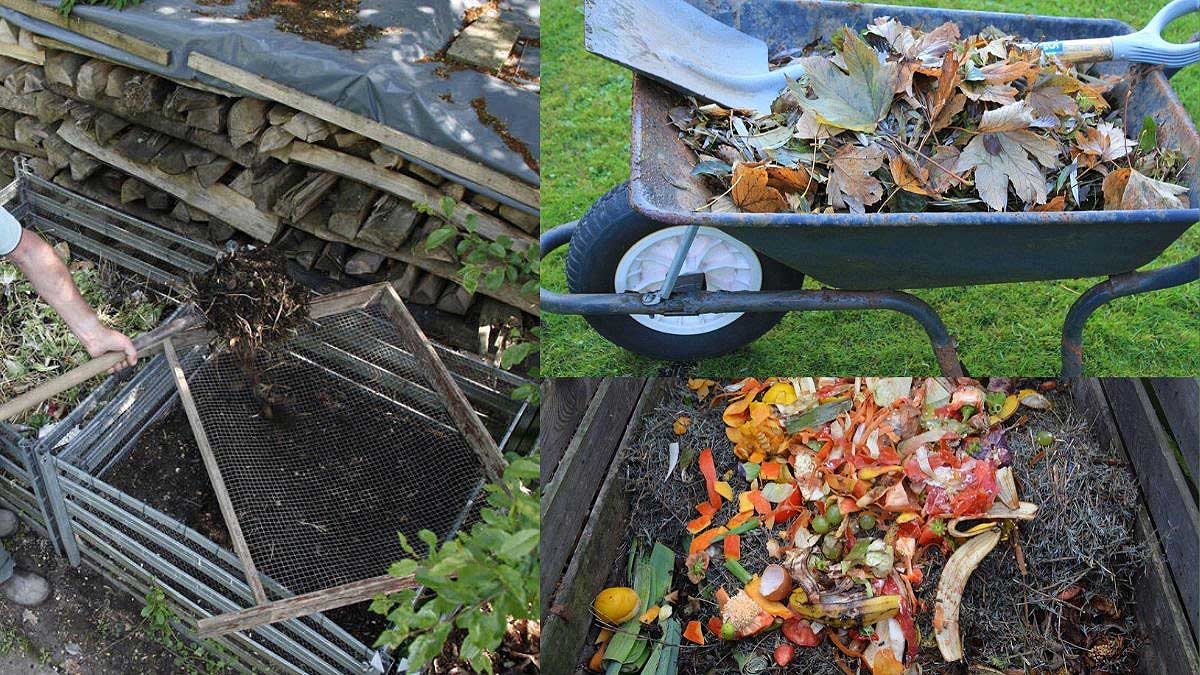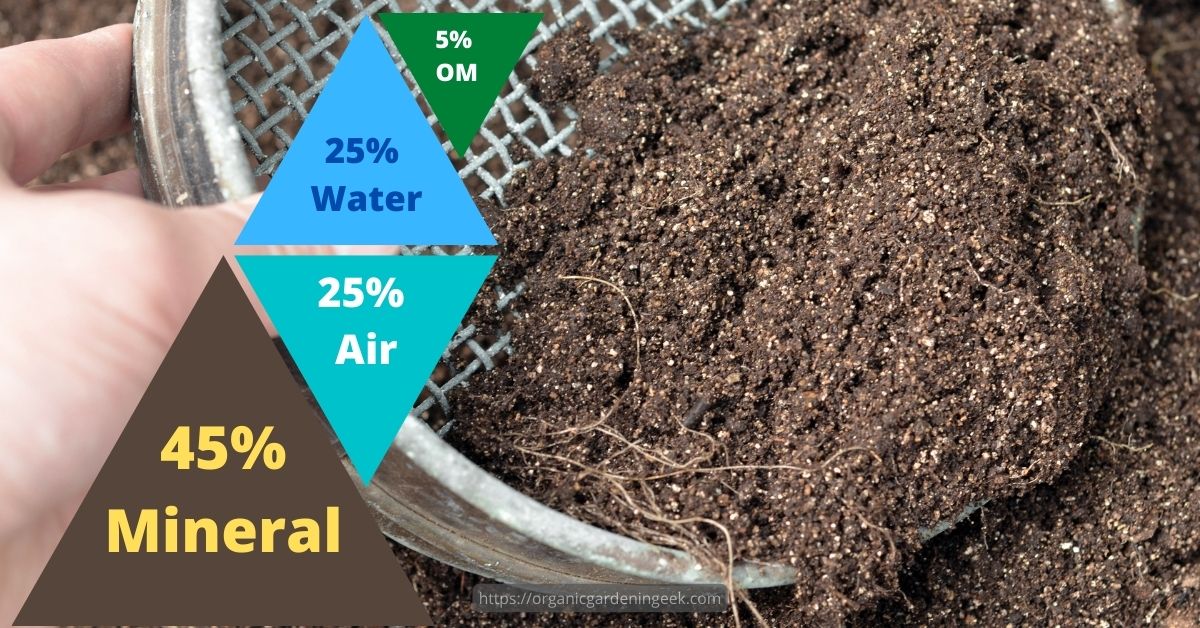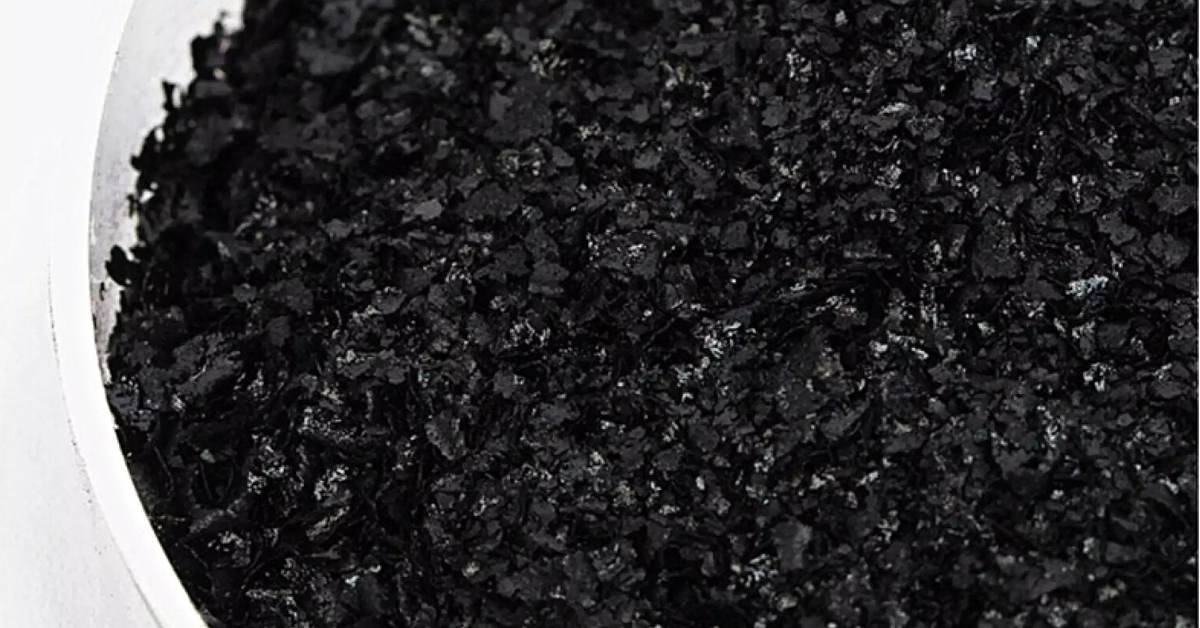Here I’m talking about turning the compost and how to maintain it properly in your backyard but if you don’t have compost piles prepared yet, you should definitely consider starting the composting process.
Composting process is not difficult
The process of composting is not as hard as you think. Besides, composting in your backyard is the best way to recycle your food scraps and yard debris and later use them as fertilizer. Because “compost is organic material that can be added to soil to help plants grow”. That means, healthier crops, increased yields, more beautifully bloomed flowers, and an overall healthier garden.
The composting process also reduces the trash in your landfills, as well as helps improve your backyard at home. That’s why you should consider learning how to compost in your backyard at home. Here is the information about turning the compost and maintaining it in your backyard.
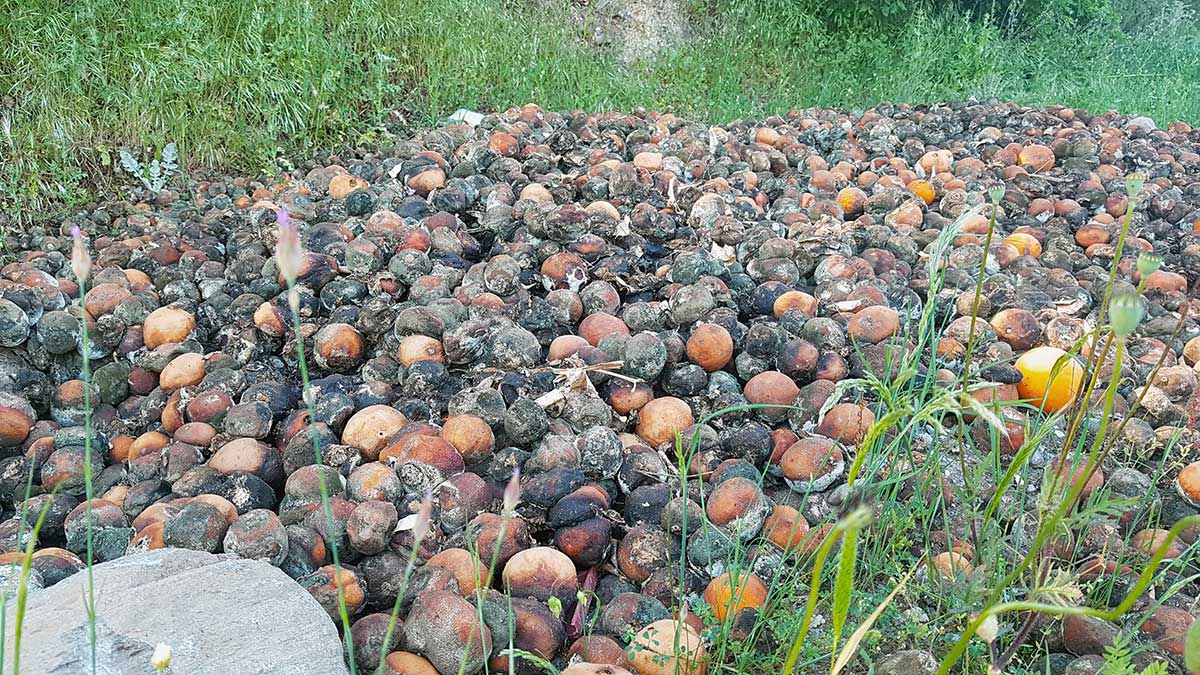
Turning the compost: How to do it and why it is important
You might also like this: Orchid tree care
There are no general rules on how often compost should be turned over. Whether once or twice a year depends solely on the mood of the gardener. However, once a year is compulsory – diligent gardeners even turn over the compost every two months. And with good reason: the more often compost is turned over, the faster the rotting process goes.
Why should you turn over the compost?
The ideal time to transplant compost for the first time is in early spring, once the compost has defrosted. In this way, you can create a certain basic order and provide the garden with valuable permanent humus before the season starts.
It is the millions upon millions of micro-organisms and the countless earthworms that turn garden waste into valuable compost. For this, they need heat, moisture, and air – lots of air. Turning the compost is so essential because the process of composting is supplied with oxygen, the ingredients mix again, and – not to be underestimated – the volume is significantly reduced.
Properly applied compost produces the necessary heat itself, as a metabolic by-product of the many helpers who process the organic substances in the compost. A place in full sun, however, damages the compost; it prefers to stand in the shade.
Guide for turning the compost
Wait for a dry day before moving the material so that it does not clump together or stick to the bucket. From a wooden frame covered with rabbit wire, you can build a sieve yourself. In addition to the compost sieve, you need a shovel, digging fork, or manure fork.
Only with these can the undecomposed components in the compost be moved at all. The sieve is placed next to the compost at shovel width.
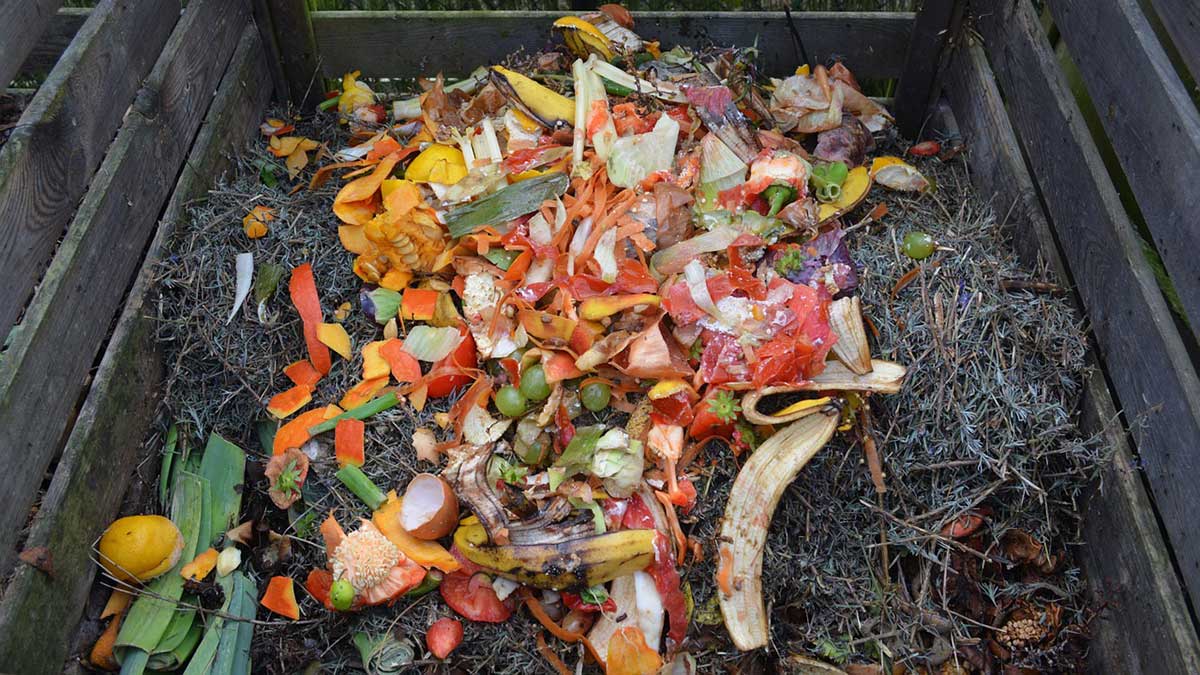
Moving compost is a bit like digging around in a bed
The bottom one goes up, and the top one goes down. Work your way through the compost layer by layer from top to bottom and throw the material onto the sieve. Already finished compost will fall through, and the greenery that has not been sufficiently decomposed will stick and wander back to the compost.
The sieve also catches stones, remains of flower pots, and coarse branches from the compost. Ideally, it would be best if you had a second compost container in which you pile up this still too fresh material to form a new compost heap.
One or two shovels with mature compost serve as a starting aid for the restacked compost heap and inoculate it with micro-organisms, which also start working immediately. If the compost heap is then watered from time to time during drought, it will pass its final maturity test a good seven months later:
It is dark brown, finely crumbly, and smells of forest soil. If the composting process is to be faster, it should be turned over every two months. If you make a completely new compost, you can expect fresh humus after nine months.
Compost makes itself fine for the garden
The fine stuff goes into the garden, the coarse stuff into the compost, or the trash can. Before mature compost is allowed into the garden, it must undergo a thorough cleaning. The sieve separates half-rotten material or raw compost from the mature compost and sorts out nut shells or coarse pieces of branches.
The degree of inclination of the sieve determines how fine the compost should become: The steeper the slope, the finer the compost will be. Note that even mature compost is often full of weed seeds. The temperatures of 60 degrees Celsius and more required to kill the weeds are almost never reached in open compost heaps in the garden.
They are much too small for that. Therefore, if possible, work the mature compost into the soil and do not just spread it over the surface – otherwise, the seeds will germinate quickly.
FAQ – Composting Process
How often should compost be turned?
Every four to five weeks, the typical composter will turn the pile. When rotating the compost pile, it is important to make sure that the materials in the middle are taken to the margins, and that the materials on the outside are brought in.
What happens if you don’t turn compost?
If you simply leave a compost pile lie there without turning it, it may take anywhere from six months to a year or even more to entirely decompose, depending on the temperature and humidity of the area. It will take much longer if the temperature is lower.
What will make compost break down faster?
The fragments may be broken down more quickly when they are smaller, and the activity of bacteria can be sped up by ensuring that they have enough heat and oxygen. The important thing is to preserve fragments that have a smaller surface area so that bacteria and other microorganisms may attach themselves to them and begin the decomposition process.
How do you know when compost is ready?
Compost is often ready to be collected when the final product has a rich dark brown color, smells like dirt, and crumbles in your fingers. Other indicators of readiness include:
